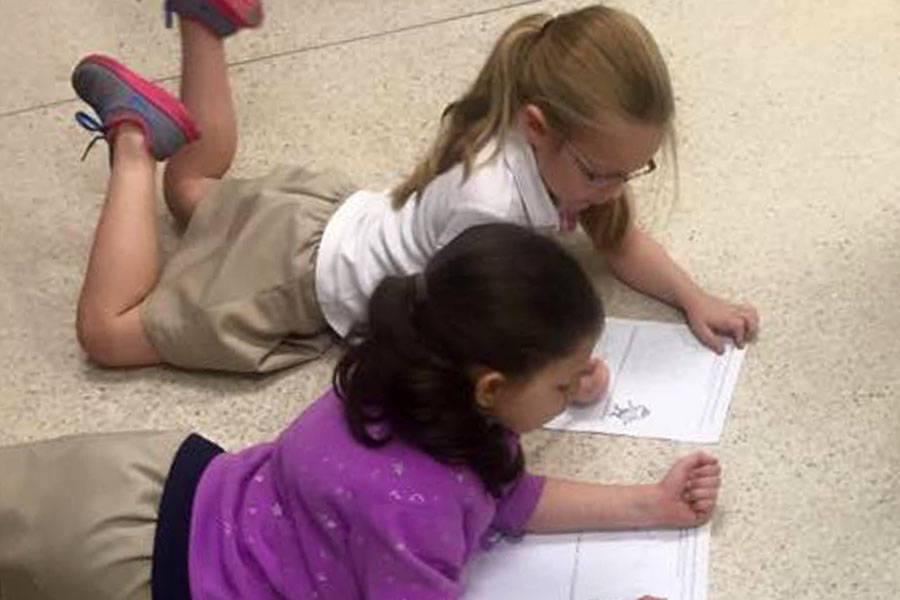

New findings pose tough questions children full#
Other states may adopt similar policies, but are likely to do so only if the FDA grants the vaccine full approval for use in schoolchildren, said Hemi Tewarson, executive director of the National Academy for State Health Policy, a nonpartisan organization. “The sooner we revive our quest for safe and effective vaccines for children, the better off we’ll be.” Masks in schools “It seems to me that childhood vaccines are taking longer than they should be, given the importance of protecting that population,” said Dr. Federal health officials should consider all of these options and test whether a different dose or longer interval between doses would improve immune response, experts said. There are other Covid vaccines, such as those from Novavax and Sanofi, that may work well in children. Last week, the agency rejected an application for authorization of the Indian-made vaccine Covaxin for children. The FDA is still evaluating the Moderna vaccine for use in children ages 6 to 11. Pfizer and BioNTech are now testing a third dose in children under the age of 12 to determine if it can provide the level of protection two doses could not. What to do if due to side effects you are unable to give a high enough dose to protect children from the Omicron variant? That’s the problem scientists and federal officials are grappling with right now.

James Campbell, a physician at the University of Maryland School of Medicine and a member of the American Academy of Pediatrics Committee on Infectious Diseases. That trend is especially evident in hospitals, said Dr. The vaccines continue to prevent serious illness and death, even with the Omicron variant.

The country can still see a wave in the fall or winter, and the best protection for children is to have had at least two shots before then, she said. “But in the short term it is important that parents vaccinate children anyway.” “We should be disappointed with the data - we wish it could be better,” said Luciana Borio, former acting chief scientist at the Food and Drug Administration. And now, as many as 95 percent of the country has some degree of protection against the virus because of vaccines or previous infection, according to recent data from the CDC.Įxperts worry that the most recent findings have made it even more difficult to convince some parents to vaccinate their children. Those percentages are even lower in rural areas of the United States.Ĭhildren are less likely to get sick, so the balance of risk and benefit was never the same as it was in adults. More than half of adolescents ages 12 to 17 have been fully vaccinated, but only about 12 percent have received a booster dose. Less than one in four children ages 5 to 11 are now fully vaccinated. The results, if positive, should lead to another round of regulatory revisions, perhaps as early as April, which will allow for vaccinations for tens of millions of young people. Both Pfizer and Moderna plan to report results of trials of their vaccines in young children. “I’ve come to the point where I can only do what I think is right for my family.”įortunately, the coming weeks should bring some clarity. “The part that’s confusing is like there’s no clear, right answer anymore,” said Anne Gonzalez, a 41-year-old mother of two who directs volunteers for a large religious nonprofit in St.

Who can blame parents for feeling baffled? But the agency has since said that 90 percent of Americans can safely stop wearing masks in indoor public areas, even in schools with young children. The Centers for Disease Control and Prevention found that record numbers of children under 5 were hospitalized during the Omicron peak, underscoring the need for vaccines for those children. Through it all, experts have continued to support vaccines, noting that while the Omicron variant may be able to penetrate immune defenses and infect humans, the vaccines still prevent serious illness and death - and could do so for years to come.


 0 kommentar(er)
0 kommentar(er)
